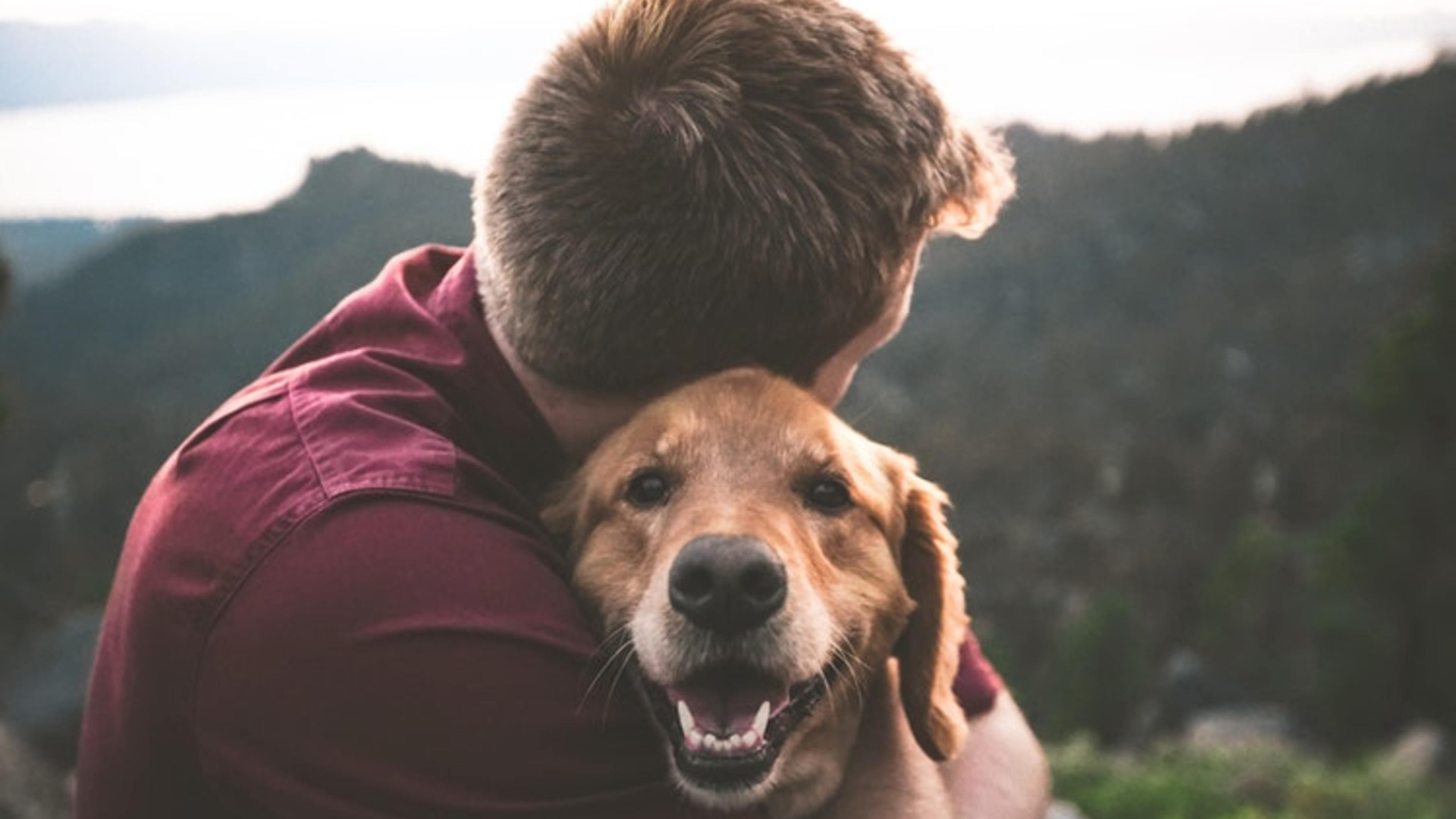So you’ve decided to take Fido and Fluffy with you to your new home country. Flying your beloved pets isn’t difficult, but without preparation, the correct paperwork from the veterinarian and reservations with the airline, you and your furry babies could be grounded.
When I moved to Ecuador with my two cats, I was a nervous wreck. Follow these suggestions to take the worry and mystery out of making your pet an expat:
Pet-friendly airlines

Book early, but before you book your tickets, do your research! It seems the trend for airlines is to restrict pets on flights either by limiting the number of animals per flight (both in-cabin and as cargo) or by establishing rules regarding species, size, and type of carrier. Be prepared to pay additional charges of $125 or more per pet for the flight.
It is important to book your tickets directly with the airline by phone so you can reserve a spot for your pet on the flight. Confirm the size and weight restrictions and the pet carrier dimensions allowed.
Soft carriers work well for in-cabin, under the seat, while hard carriers are required for checking your pet as cargo. Be sure to adhere to the carrier sizes allowed by the airline.
Visit a USDA-accredited veterinarian
If you are traveling internationally, many countries require pet health certifications approved by the USDA. The health certificates must be completed by a USDA-accredited veterinarian. If your current vet is not accredited, she should be able to refer one to you. If not, contact your local USDA representative (through the link provided below).
Countries may have a schedule of required shots and treatments administered to your pet so it’s imperative to begin this process at least six months before travel. They may require the pet to have an examination by the USDA-accredited vet and the USDA office in your state (or nearest state office) to approve the health certificate within 10 days before travel.
This may sound like a logistical nightmare, but both the vet and USDA office quickly processed and returned my paperwork via express mail within three days.
See the USDA website for country-specific rules to find a USDA-accredited vet and other helpful information.
Ready to fly!
The hard part of booking tickets, buying the right carrier, vet check-ups and USDA certification is over. Now your pet is ready to fly. Spend a few weeks or months preparing him for the flight. Introduce him to his carrier by leaving it open so he can explore it. Put some treats or toys inside to entice him in. If your pet isn’t interested—don’t force him inside. Just keep the carrier out and open in a safe place.

The day of travel is stressful without adding a pet into the mix, so be prepared. Give your pet food and water no less than four hours before the flight. Don’t restrict food—he needs to eat and drink. If your pet is checked as cargo, leave some food in a bag so baggage handlers can feed him if there is a delay.
Don’t give your pet a sedative before the flight! Not only can it lead to breathing problems and even death, but most airlines also will not allow a groggy pet to fly.
I suggest lining your pet’s carrier with urine-absorbing training pads. Both of my cats urinated in their soft-sided carriers and the training pads saved the day. The carrier I used had a removable plastic and fleece pad I wrapped with three training pads and secured with masking tape. I easily removed the two urine-soaked pads – once before the flight and once during a layover. I also brought baby wipes to clean my cats after their accidents.
If your pet is flying in-cabin, take it out of its carrier to go through security. You will need to hold him as you walk through the x-ray machine as his carrier rides the conveyor belt through the baggage scanner. I was grateful to have my cats in harnesses and leashes, so if they did jump, they couldn’t go far.
Preparation is worry’s antidote. After you decide to bring your pet, start preparing by following the suggestions above. It may seem daunting, but bringing your pet to your new home country will be one of the best decisions you make.
Who is your pet companion you are taking along on your expat journey? Share a photo here and any lessons you may have learned, or ask questions you’d like answered.


